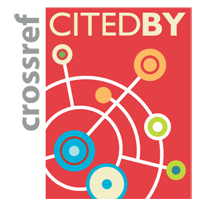Quark-gluon tagging: Machine learning vs detector
Gregor Kasieczka, Nicholas Kiefer, Tilman Plehn, Jennifer M. Thompson
SciPost Phys. 6, 069 (2019) · published 18 June 2019
- doi: 10.21468/SciPostPhys.6.6.069
- Submissions/Reports
-
Abstract
Distinguishing quarks from gluons based on low-level detector output is one of the most challenging applications of multi-variate and machine learning techniques at the LHC. We first show the performance of our 4-vector-based LoLa tagger without and after considering detector effects. We then discuss two benchmark applications, mono-jet searches with a gluon-rich signal and di-jet resonances with a quark-rich signal. In both cases an immediate benefit compared to the standard event-level analysis exists.
Cited by 44

Authors / Affiliations: mappings to Contributors and Organizations
See all Organizations.- 1 Gregor Kasieczka,
- 2 Nicholas Kiefer,
- 2 Tilman Plehn,
- 2 Jennifer Thompson
- 1 Universität Hamburg / University of Hamburg [UH]
- 2 Ruprecht-Karls-Universität Heidelberg / Heidelberg University
Funders for the research work leading to this publication
